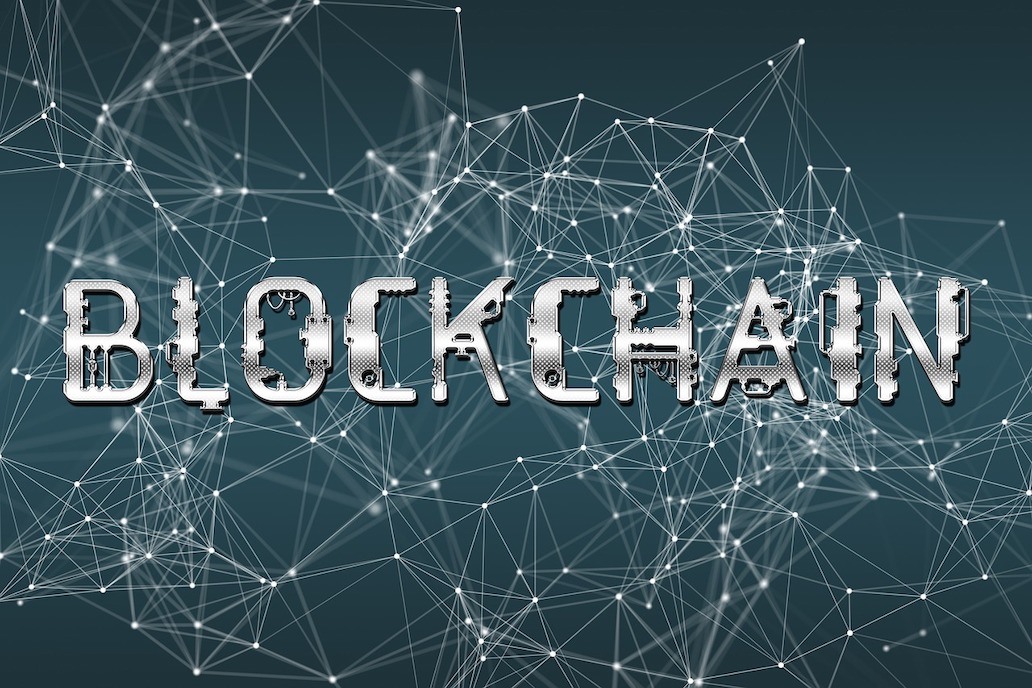The blockchain industry is expanding and with the increasing deployment of cryptocurrency in other arenas, the need for faster computation methods is arising.
VDF Alliance, a collection of non-profit and corporate collaborators, is offering $100,000 to invent hardware or develop software to create a faster blockchain algorithm. The challenge revolves around a VDF.
VDF or Verifiable Delay Function is a cryptographic primitive that requires a specified number of sequential steps to evaluate a unique output. The output must be efficient and publicly verified. The reason why many people don’t know about VDF is the fact that it was invented in June 2018 by Stanford professor of cryptography Dan Boneh and others.
The Algorithm
The algorithm for which you need to invent a VDF is as follows:
Given ??a 1024-bit input x, compute the verifiable delay function ‘h=x^(2^t) mod N’ as fast as possible.
t=2^30
N=124066695684124741398798927
40481443274469842712573568412
81318550649768953373091389100
15071214657674309443149407457
49343457906384084122033455516
01250163310409336906745695712
17337630239191517205721310197
60838723984636436085022089677
29649785696832294492668199034
14117058030106528073928633017
118689826625594484331
The VDF for the problem must involve performing repeated calculations that should take almost similar time in each performance. There should be no shortcut to compute the outcome and it shouldn’t be possible to parallelize the computation.
Participants will be provided with the sponsor’s VDF algorithm as a benchmark for speed, which can be found on Github. The aim behind the competition is to get the fastest VDF implementation targeting the AWS F1 FPGA platform.

You can read more about the rules of the competition here.
The competition began on August 1 and participants can submit their entries until December 30, 2019. In round 1 of the competition, the VDF with the lowest latency will get $3000 for improving the code by one nanosecond. Each subsequent nanosecond improvement can fetch you $3000. The base latency of the algorithm has been set at 50 nanoseconds.
For those who are interested in blockchain and efficient at crunching numbers, this is a golden opportunity.









